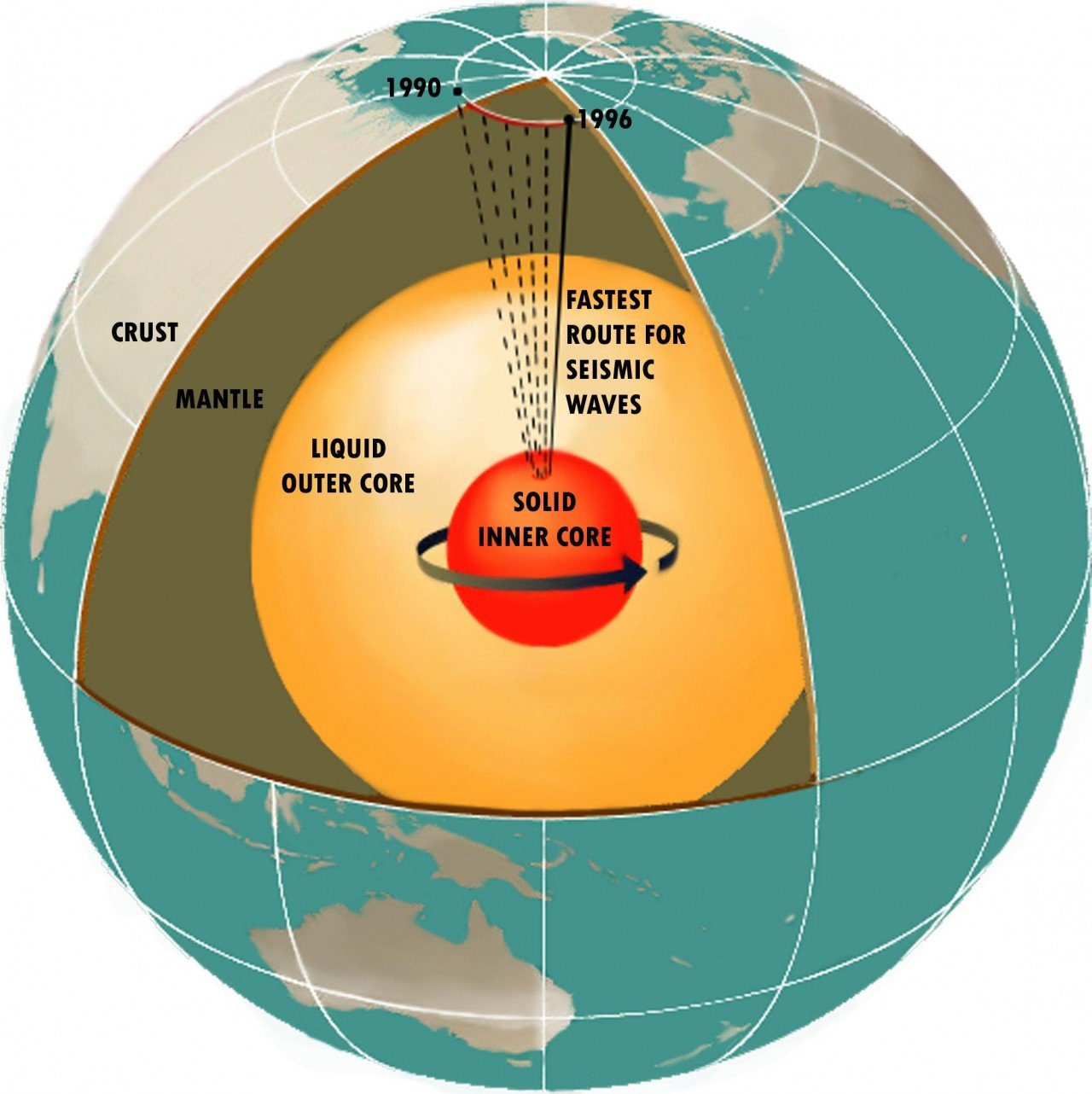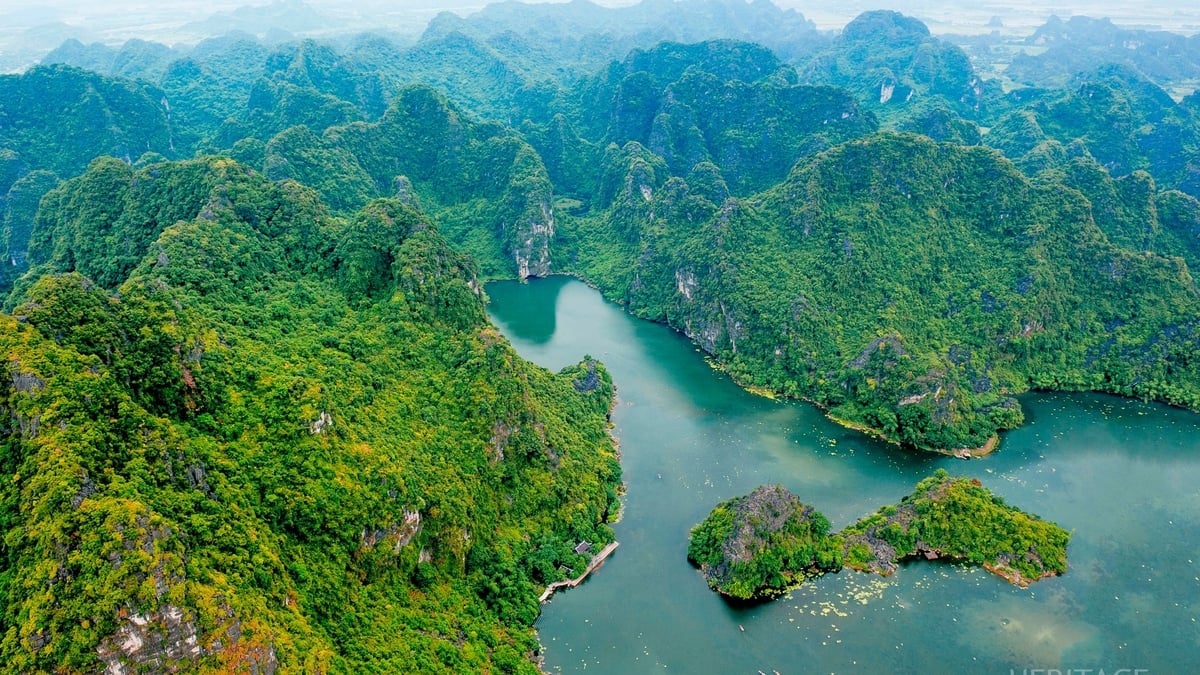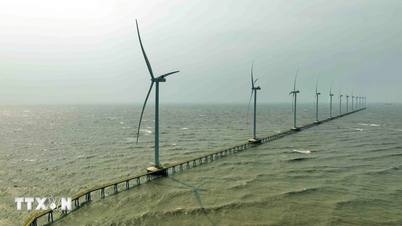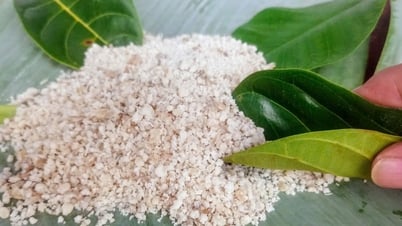 |
| New discovery says Earth's inner core is like a small planet. (Source: Indiatimes) |
A team of scientists from the University of Utah (USA) is trying to understand the inner core of the Earth. It is basically a solid metal sphere located inside our planet.
Research suggests that, unlike previous assumptions that the Earth's inner core is homogeneous, it is more likely to be more like a tapestry with many different "fabrics."
“We confirm for the first time that these heterogeneous materials are everywhere inside the Earth's core,” study lead author Guanning Pang said in a University of Utah press release.
Researchers studied seismic data from a global network of detectors set up to record nuclear explosions. The seismic waves generated by earthquakes provide valuable information about the Earth's interior as they travel through the Earth's crust, mantle (the most viscous layer below the crust), and the planet's core.
"The Earth was formed from ancient asteroids in space. They collided with each other and released a lot of energy. So the whole planet, while it was forming, was like a molten sphere," said Keith Koper, a seismologist involved in the study.
"The metals (like iron) are heavy and they formed the core of the planet. The metals sank to the inside, and the liquid rocks stayed on the outside, and then they cooled and solidified over time. The reason all the metals are at the bottom – because they are heavier than the rocks," he said.
The diameter of the Earth is about 12,750km. The internal structure of the blue planet consists of four layers: the rocky outer crust, then the rocky mantle, then the outer core made of magma, and the solid inner core.
Both the outer shell of the inner core and the innermost sphere (core) are hot enough to melt. However, they are a solid iron-nickel alloy, due to the incredible pressure at the center of the Earth that keeps the inner core in a solid state.
"The Earth's core is like a small planet inside the Earth. It is actually a solid ball, about the size of Pluto and slightly smaller than the Moon," said geophysicist Hrvoje Tkalčić of the Australian National University.
Source










































































































Comment (0)